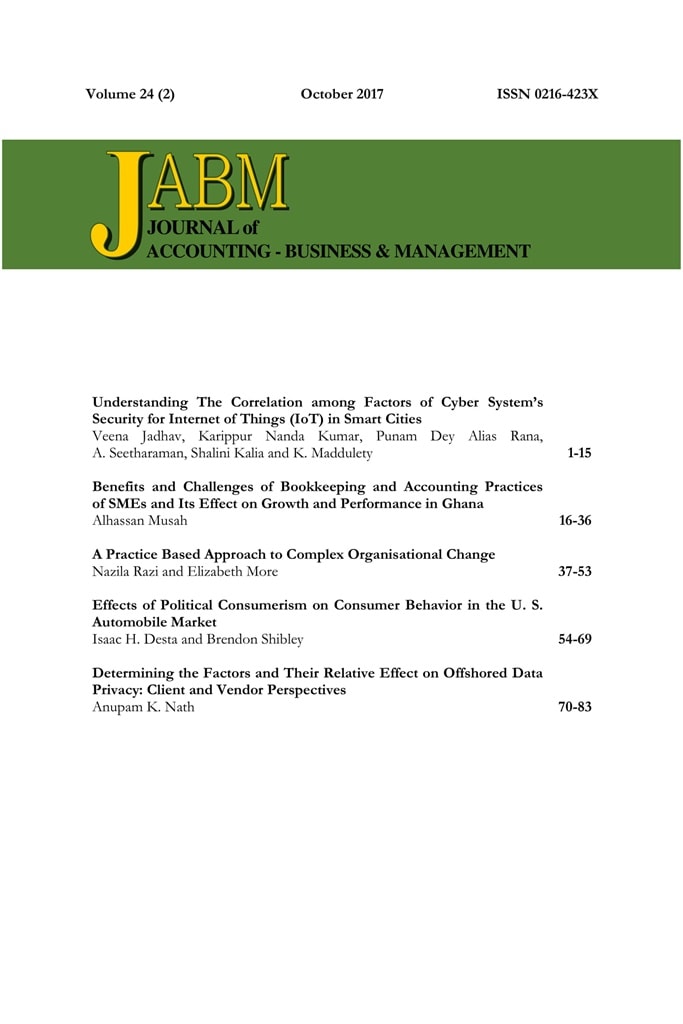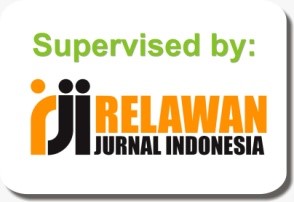Understanding The Correlation among Factors of Cyber System’s Security for Internet of Things (IoT) in Smart Cities
Abstract
The rise of machine-to-machine (M2M) communications (hardware and software) in internet of things (IoT), let local/overseas organizations such as information systems, schools, hospitals/healthcare, libraries, environment, transportation systems, power plants, water supply, waste management, regulations enforcement, and community services shall be connected. The sharing of data and information are becoming very common among multiplatform environments. This is becoming a basic requirement in any platform to save individual data. So,
authentication and regulations requirement play a vital role in safeguarding data breaches. ADANCO 2.0.1 software is used for developing structural equation modelling and testing hypothesis to conclude as follows:
- There are few independent variables, like hardware and software, regulatory and guidelines, attack and hacking, and authentication that effect implementing a smart solution.
- The hypothesis testing conducted in the research demonstrates the high statistical significance of the factors like security experts, education and knowledge of IT systems in various levels of age groups is required for IoT implementations in smart cities.
- Risk-free implementation of IoT in smart cities depends on updated technology and secured communication.
- The IoT will change the life of people and give economic benefits to the government in smart cities.













